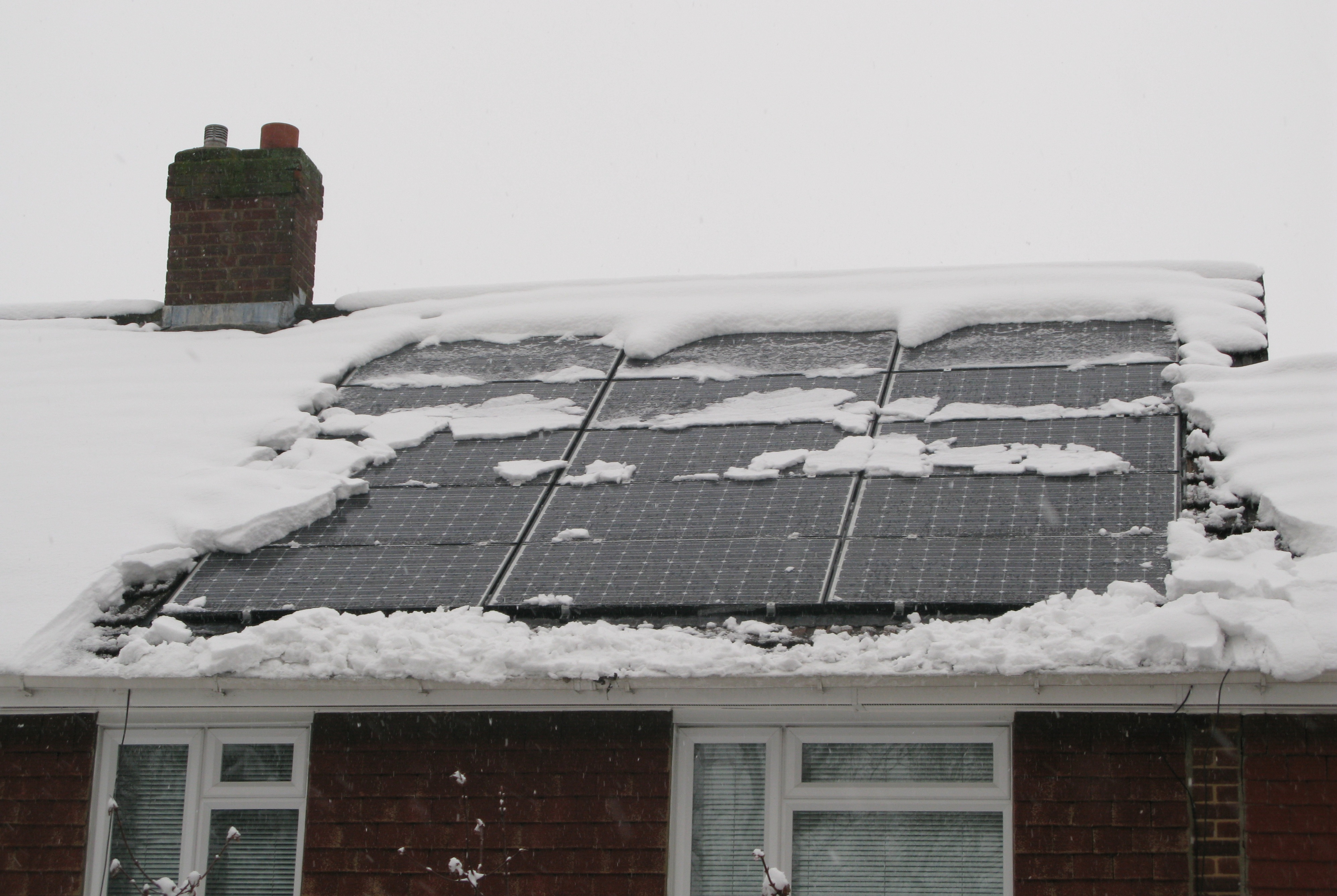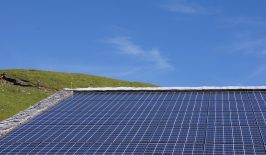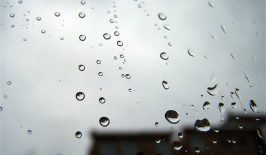Traditional thinking states that for solar power to work, you’ve got to have at least some sunshine. Cover or block the solar panels and you’re out of luck – and electricity.
However, modern energy demands means having a power source that only operates in certain specific conditions is now longer entirely feasible. As such, researchers have been looking to reinforce solar panel against some of their biggest weaknesses, such as poor to non-existent operation when covered in snow.
One group of researchers, based at the University of California, Los Angeles (UCLA) has developed a new solar photovoltaic cell that can continue to generate electricity even when covered with snow. In fact, as their report in Nano Journal reveals, snow actually has a power generating potential all of its own.
Despite what seems logical, snowy conditions can actually improve solar panel efficiency. The cold weather can increase electrical output, while white snow can also reflect more sunlight into the panels. However, output drops to practically zero if the panels themselves are completely covered – and it is this issue the UCLA team looked to address.
The team’s creation is a special triboelectric nanogenerator, more succinctly known as the snow TENG. These miniature devices are made from silicone which is naturally negatively charged. Meanwhile, snow is positively charged, which means when the two collide they exchange electrons and produce a small amount of static electricity to be turned into power. Maher El-Kady, a member of the team and a co-author on the report, stated:
“Snow is already charged, so we thought, why not bring another material with the opposite charge and extract the charge to create electricity?”
Compared to the usual operation of the solar panel, the amount of electricity generated is rather miniscule, but it does provide a useful backup for solar panels in snow-prone and remote regions. What’s more, the small amount of power generated could be enough to power low-powered devices such as street lighting or various smart city devices and sensors.
There are also additional uses for the snow TENG technology. The UCLA team has already developed a fitness tracking prototype where a snow TENG positioned on the sole of a shoe would power wearable technology in snowy conditions. The device could also be used to act as small self-sufficient weather stations by recording information such as snowfall and direction.
This is not the first time triboelectric nanogenerators have been used to generate electricity from solar panels in poor weather conditions. Last year, a team at the Soochow University in China developed a system which used TENGs to generate power from rainfall. Their system captured the static electricity produced from the friction caused when rainwater ran over the panel.
Both of these TENGs are inexpensive to produce, with the thin silicone layer simply being placed over exposed electrodes. The flexibility of the technology – both literally and metaphorically – means it could also be used in a range of applications in the future, although more work would have to be done in improving the power output of the nanogenerators.






